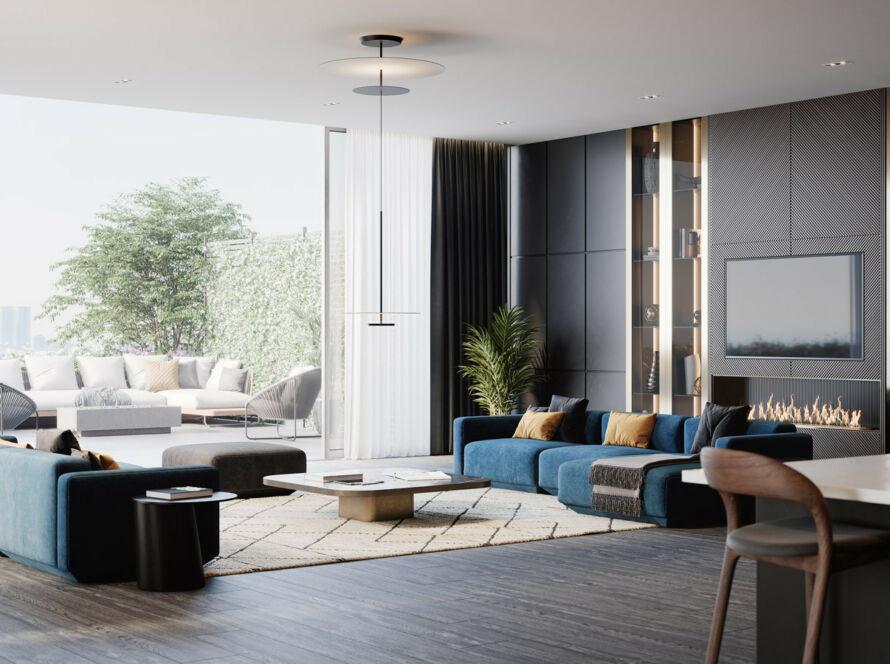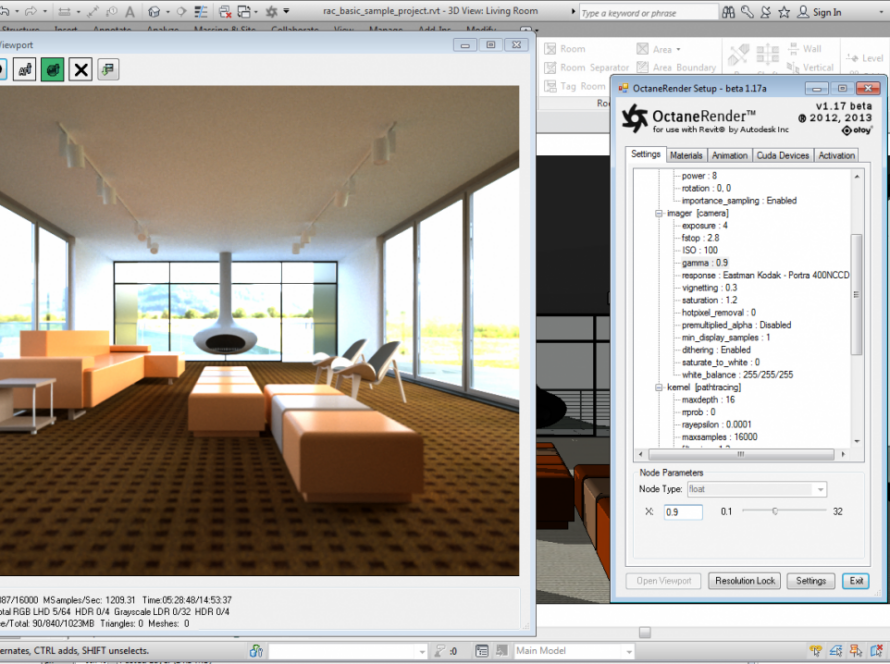3D rendering is a complex process that can take a significant amount of time to complete. There are many factors that contribute to the length of time it takes to render a 3D image, including the complexity of the scene, the quality of the graphics card, and the speed of the computer processor. One of the most common questions we get asked is “Why does 3D rendering take so long?” In this blog post, we’ll explore some of the reasons why 3D rendering can be time-consuming, and offer some tips on how to speed up the process.
What is 3D rendering?
Three-dimensional rendering is the process of creating an image from a three-dimensional model. This can be done in a number of ways, but the most common method is to use computer graphics software to create a 2D image from a 3D model.

Rendering is a computationally intensive process, and it can take a long time to render an image, especially if the scene is complex or the quality settings are high. There are ways to speed up the rendering process, but it still can take some time to render an image.
Why does 3D rendering take so long?
The main reason that 3D rendering takes so long is because of the complex nature of the task. 3D rendering is a computationally demanding process, and it requires a lot of processing power to generate high-quality images.
Another reason why 3D rendering can take a long time is because of the sheer size of the data sets that are being processed. A typical 3D scene can contain millions of polygons, and each polygon has to be individually rendered. This can take a significant amount of time, even on powerful computers.
Finally, some types of 3D renders can be very memory intensive, and this can also lead to longer render times. For example, ray tracing algorithms require a lot of memory to store the information about the scene that is being rendered.
Overall, there are many factors that contribute to the length of time it takes to render a 3D image. However, with advances in technology, render times are getting shorter and shorter.
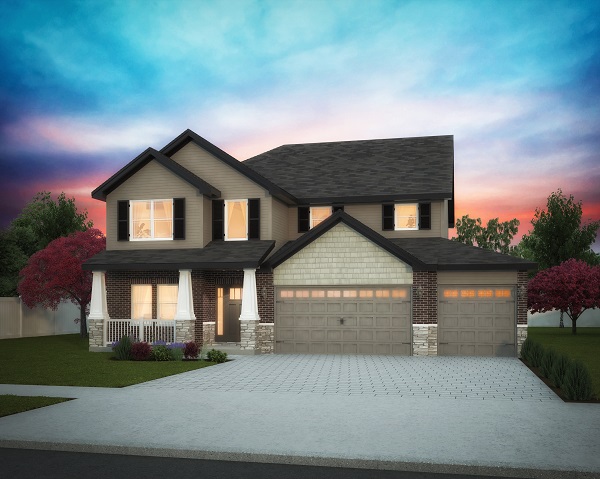
The different types of 3D rendering
There are three main types of 3D rendering: real-time, offline, and hybrid.
Real-time rendering is used in interactive applications such as video games and simulations. It is the most demanding type of rendering, as it requires the graphics processor to render an image every time the scene changes.
Offline rendering is used for movies, TV shows, and CGI effects. It is less demanding than real-time rendering, as it only needs to render an image once. However, it can still take a long time to render an image, depending on the complexity of the scene.
Hybrid rendering is a combination of real-time and offline rendering. It is often used for movies or TV shows that have some interactive elements, such as special effects or user interface elements.
What is 3D rendering used for?
3D rendering is used for many different purposes, such as creating 3D images or animations, simulating real-world environments or objects, and generating data for 3D printing.
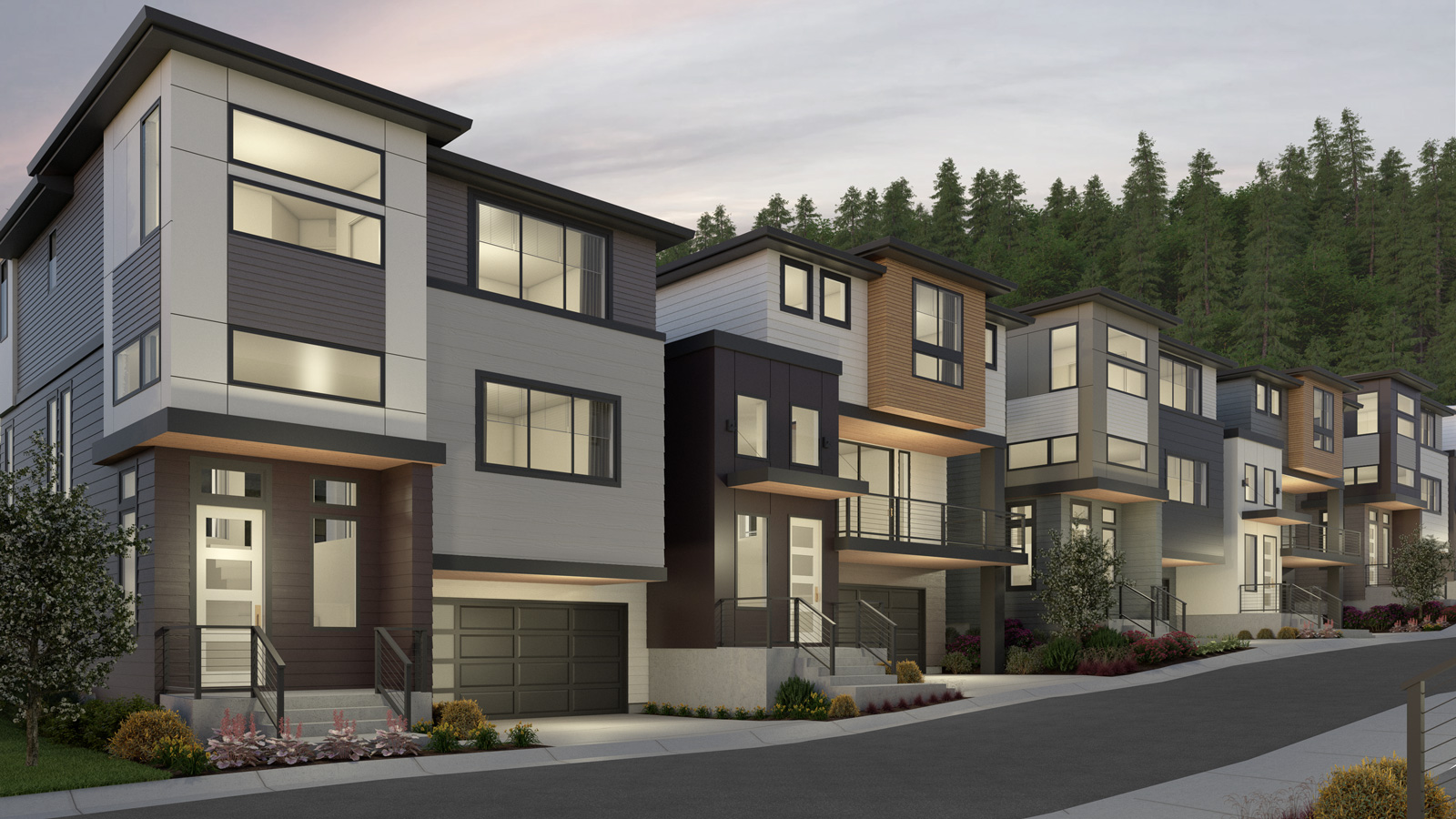
How to reduce the time it takes to render 3D images?
3D rendering is a process of creating a three-dimensional image from a three-dimensional model. The process can be time-consuming, depending on the complexity of the scene and the quality of the render desired. However, there are ways to reduce the time it takes to render 3D images.
One way to reduce the time it takes to render 3D images is by using simpler models. This can be achieved by using fewer polygons in the models, or by using less detailed textures. Another way to reduce rendering times is by using faster algorithms. This can be done by optimizing the code used for rendering, or by using hardware acceleration features if available.
Finally, one way to significantly reduce rendering times is to use a cloud rendering service. Cloud rendering services have access to much more powerful hardware than most individual users, and as such can render scenes much faster. Additionally, cloud rendering services often have options for optimizing renders for specific purposes, which can further reduce rendering times.
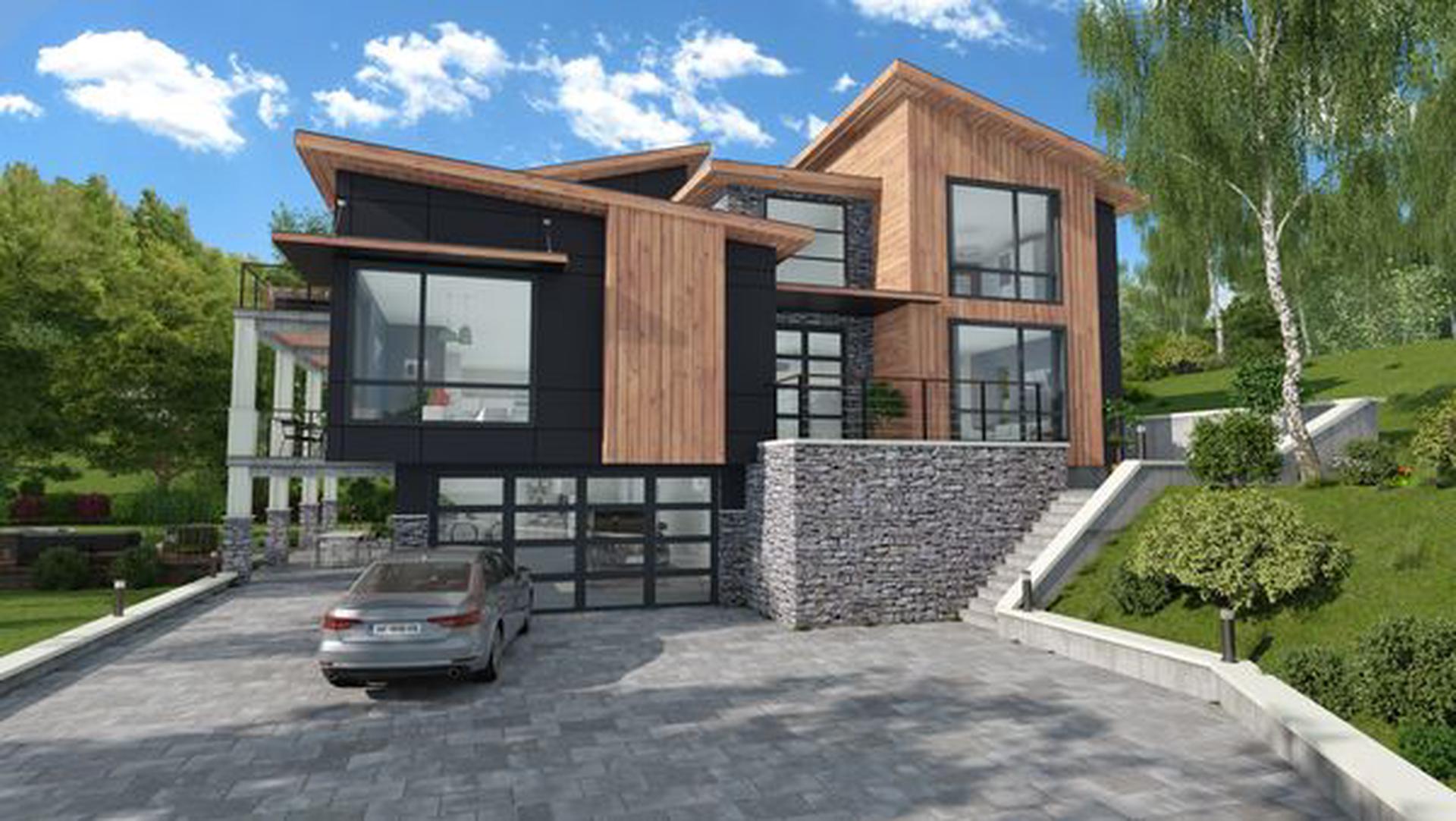
Conclusion
There are many factors that contribute to why 3D rendering can take so long. It is important to consider all of these factors when trying to improve the speed of your renderings. Some of the main reasons include the complexity of the scene, the number of lights and shadows, and the size of the file. By understanding all of these reasons, you can work on improving each one to help speed up your rendering times.



